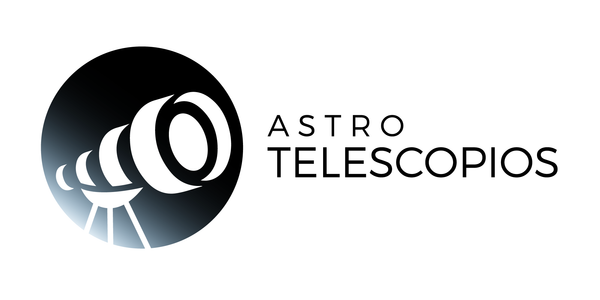
Comet C/2025 F2 (SWAN): A bright visitor not to be missed
The April sky brings us a celestial surprise that is capturing the attention of amateur and expert astronomers alike: Comet C/2025 F2 (SWAN) . Recently discovered by the SWAN instrument on the SOHO solar satellite, this comet is rapidly brightening and promises to offer a visual spectacle for the coming weeks.
What do we know about comet SWAN?
Detected in late March, this comet was identified by Michael Mattiazzo after analyzing images from the SWAN instrument. Within days, astronomers around the world confirmed its presence in the constellation of Pegasus, moving northeastward at more than a degree per day. Since then, it has grown from magnitude 10–11 to approach magnitude 8, making it accessible for observation with binoculars and small telescopes from dark skies.
One of the comet's most impressive features so far is its ion tail, which already exceeds 2 degrees in length and displays dynamic activity: knots, disconnections, and jets that change daily. Its coma is also highly condensed, indicating intense emission of gases and dust.

Comet C/2025 F2 (SWAN) on April 6. Astrophotograph by Michael Jaeger and Gerald Rhemann.
When and where to watch it?
During the first half of April, the comet is visible from the Northern Hemisphere before dawn, low over the northeastern horizon. As it approaches perihelion on May 1, it will be briefly visible in the evening toward the northwest, although it becomes increasingly lower and more affected by twilight.
Starting on May 5, observation will be most favorable from the Southern Hemisphere, where it can be seen after sunset in the western sky.
Tips for observing the comet
Find a dark spot with a clear northeast (or northwest in May) horizon.
Use astronomical binoculars or a small telescope to better capture its brightness and structure.
For astrophotography enthusiasts, this is an excellent time to capture its evolution: tail, coma, and possible brightness changes.
At Astro Telescopes , we recommend ideal products for this type of event, such as the 10x50 wide-field binoculars , perfect for following the movement of the comet, and telescopes like the Sky-Watcher 130/650 Starquest , compact and versatile for observing details of its coma and tail.
Is it worth following?
Without a doubt. Although its small size raises doubts about whether it will survive its perihelion passage, if it maintains its activity, it could reach magnitude 4, making it visible even to the naked eye in dark areas.
Don't miss the opportunity to observe this fleeting visitor. Mark your calendars, prepare your equipment, and go out and enjoy the sky: Comet C/2025 F2 (SWAN) could become one of the great astronomical spectacles of the year.
-
Cover photo: An artistic representation of people watching a comet in the sky. Image generated with the help of AI.
